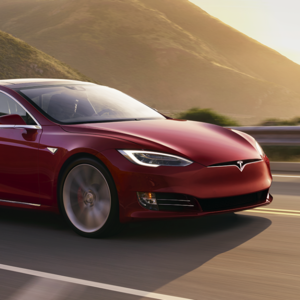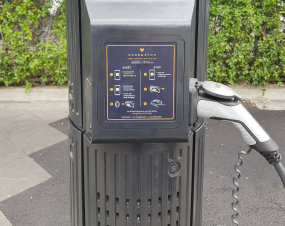Dutch solar carmakers Lightyear have revealed their debut production EV and opened reservations for a 2021 release. With 725 km of range and 5 square metres of solar panels, the Lightyear One is already making waves in the EV space. Meanwhile, Munich-based Sono Motors have unveiled their own design for a solar vehicle, the Sion, slated to be the first of its kind mass-produced worldwide. Could solar be the future for EV tech?

Solar vehicle power is nothing new for EVs. The World Solar Challenge has been crossing the Australian desert since 1987. Lightyear were founded in 2016 by engineers from Solar Team Eindhoven, winners of the WSC ‘Cruiser Class’ in 2013, 2015, and 2017.
Unlike those competition efforts, the One’s roof- and hood-spanning solar panels aren’t providing all of its 725 km advertised range. Lightyear have stated their solar system can provide up to 12 km of range per hour with the excess provided by a 60 kWh battery. The Tesla Model S has the greatest range of production EVs today, delivering 595 km on a 100 kWh battery.
But the One isn’t production-ready today. The prototype shown this month hasn’t been put into reviewers’ hands or even crash tested. Lightyear are estimating to begin production in 2020 for a 2021 release. They are accepting a €119,000 down-payment on an expected €149,000 purchase price, with over 100 orders received so far.
The announcement comes only a few months after German automaker Sono revealed that their own solar car, the first set for production worldwide, had received 10,000 preorders. The Sion will be purchasable for €25,500 in Europe with hints of a worldwide release to follow.

Sono claim they’re achieving that price thanks to a single-product manufacturing process with no optional extras or alternatives to the base Sion. The solar panels offset the need for a costly paint job, and batteries will be charged separately from the vehicle itself according to market rates. Sion owners will also be given the option to lease or rent their battery packs to reduce purchase costs even further.
Sono have confirmed the Sion will have 250 km range on a 35 kWh battery, be fast-charge compatible, and will be delivered with the option of a shared ownership model. Where the One is luxury-focused, the Sion is built for consistent practicality and affordability.
It boasts a 650 L boot, 750 kg towing capacity and up to 34 km of solar range — enough for some commuters to travel entirely cost-free. Sono are publishing a workshop handbook and providing standard replacement parts to promote DIY solutions for simple maintenance tasks, further cutting the already low EV cost of ownership. They’ve also pledged to offset all emissions involved in manufacture for a 100% renewable production process.
Lightyear have indicated plans to release much more affordable models following the One, but there’s no doubt that the practicality of the Sion makes it a huge contender on the EV market.
It was only a few years ago that solar-powered vehicles were considered novelties or toys. Today, serious contenders are working to bring solar to the EV market, capitalising on the advantages of the system alongside the merits of existing EV tech.

Are you excited to see solar power applied to Australian EVs? Will you be picking up a One or a Sion at the first opportunity? Let us know and check back at the JET Charge blog for more EV news and updates.



